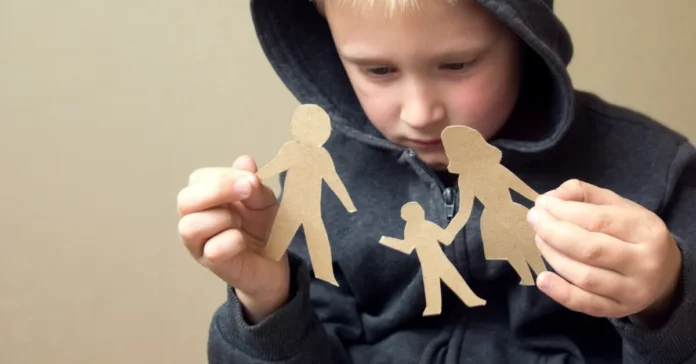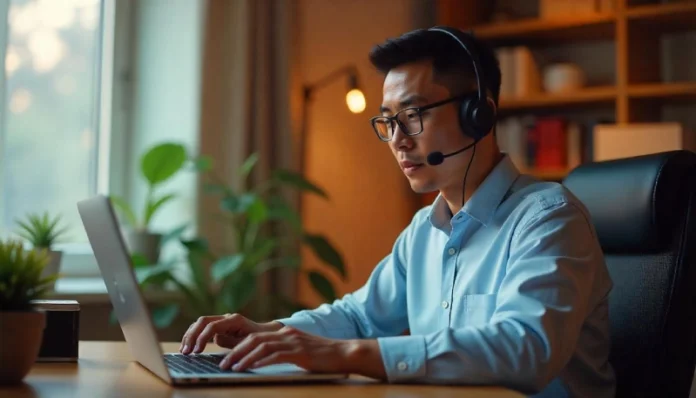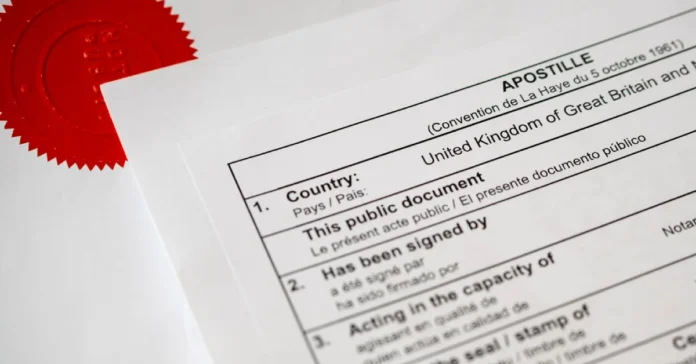The Children’s Court of Victoria primarily handles cases involving children and minors. Its two main divisions are known as the Family Division and the Criminal Division. The Family Division is where applications relating to the protection and care of children and minors are heard, while the Criminal Division hears cases regarding criminal offenses by the same cohort.
Regarding child protection and care, the children’s court serves as a critical institution in safeguarding a minor’s legal rights and welfare. However, navigating case proceedings in this Court can be complex for parents and guardians – not to mention the children themselves.
It is important for parties involved in these cases to have, at minimum, a basic understanding of the legal procedure so they can prepare for their case. This guide aims to serve as a roadmap for children’s court in Melbourne, guiding parties through an often-overwhelming process.
1. Initiation of Proceedings
The initiation of children’s court proceedings in Melbourne is often triggered by concerns regarding a child or the child’s welfare. This may involve issues such as neglect, abuse, or the presence of behavioural problems which raise red flags for authorities.
For instance, if a child is found in an environment where their basic needs are not being met, the authorities may intervene by initiating children’s court proceedings to ensure the child’s safety and well-being.
2. Legal Representation
In Melbourne, children over 10 years of age are entitled to legal representation – unless the child is deemed not to be mature enough to provide instructions. For the latter, and for children under 10 years old, it is primarily the job of Child Protection to understand and convey the wishes of these children to the court. In some cases, an independent children’s lawyer may be appointed.
While the court can grant leave for a child to be represented by someone other than their parent or a legal practitioner, it is advisable to secure good legal representation because it will become a cornerstone of the child’s defence. A seasoned children’s court lawyer in Melbourne will be able to effectively advocate for the child and ensure the protection of their rights, giving the child the best chance of achieving their ideal outcome.
3. Assessment and Investigation
With legal representation in place, the court may order assessments and investigations to gather relevant information about the child’s circumstances. This can involve comprehensive interviews with the child, family members, and other individuals closely associated with the child’s life
The aim of this process is to develop a clear picture and nuanced understanding of the child’s situation, considering both immediate concerns and the broader context. For instance, if a teenager is exhibiting behavioural issues at school, the court may order psychological assessments to delve into potential underlying issues, whether they be mental health challenges, or family dynamics.
4. Family Group Conferencing
On some occasions, the children’s court may adopt a family group conferencing approach where those closest to the child help develop plans for the child’s future. This is because the court recognises the importance of involving these parties in the child’s continued care, striving for resolutions prioritising familial bonds, while ensuring the child’s safety.
The aim is to create a comprehensive plan that aligns with the child’s best interests and leverages strengths within the child’s familial and social network. This approach can involve close collaboration with family members, including extended family and support networks. For example, an aunt may offer additional support, or a teacher could suggest academic interventions for the child in question.
5. Court Hearings
Court hearings are a crucial component of the legal process. During these proceedings evidence is presented, legal arguments are made, and decisions are reached. It is essential for all parties to be prepared for these hearings and to work closely with their children’s court lawyers in Melbourne to effectively present their cases.
For example, if a child is facing removal from the home due to safety concerns, the court hearing involves arguments from both the prosecution and defence, weighing the best interests of the child against the rights of the parents. Enlisting the guidance and support of expert children’s court lawyers allows parties to put their best foot forward and be prepared for all possible outcomes.
6. Orders and Outcomes
Following court hearings, the children’s court may issue various orders depending on the specific circumstances. These can range from supervision orders – allowing the child to remain with their family under specified conditions – to protection orders, involving removal of the child from their home for their own safety.
It is important to understand the implications of different orders as they can have a significant impact on the child’s future. For instance, if a teenager is facing a tumultuous family situation, the court may decide to issue a supervision order allowing the teenager to remain at home subject to regular check-ins with social services. Alternatively, the court may deem the teenager’s current home environment unsuitable and order other permanent arrangements.
TP Legal & Associates: Your Child’s Advocate
Navigating the Children’s Court of Victoria can be daunting, but the support of experienced children’s court lawyers can be a great aid in traversing the legal landscape. These specialist lawyers can help you stay informed, decide on your approach, and aim for outcomes prioritising the child’s well-being and future.
If you are looking for lawyers for your children’s court application in Melbourne, TP Legal & Associates is ready to help. We specialise in child protection and children’s court cases and have over 25 years of experience supporting vulnerable children. We understand the behaviour of children and work accordingly to ensure we provide the best course of action for them. Contact us today to get started.



